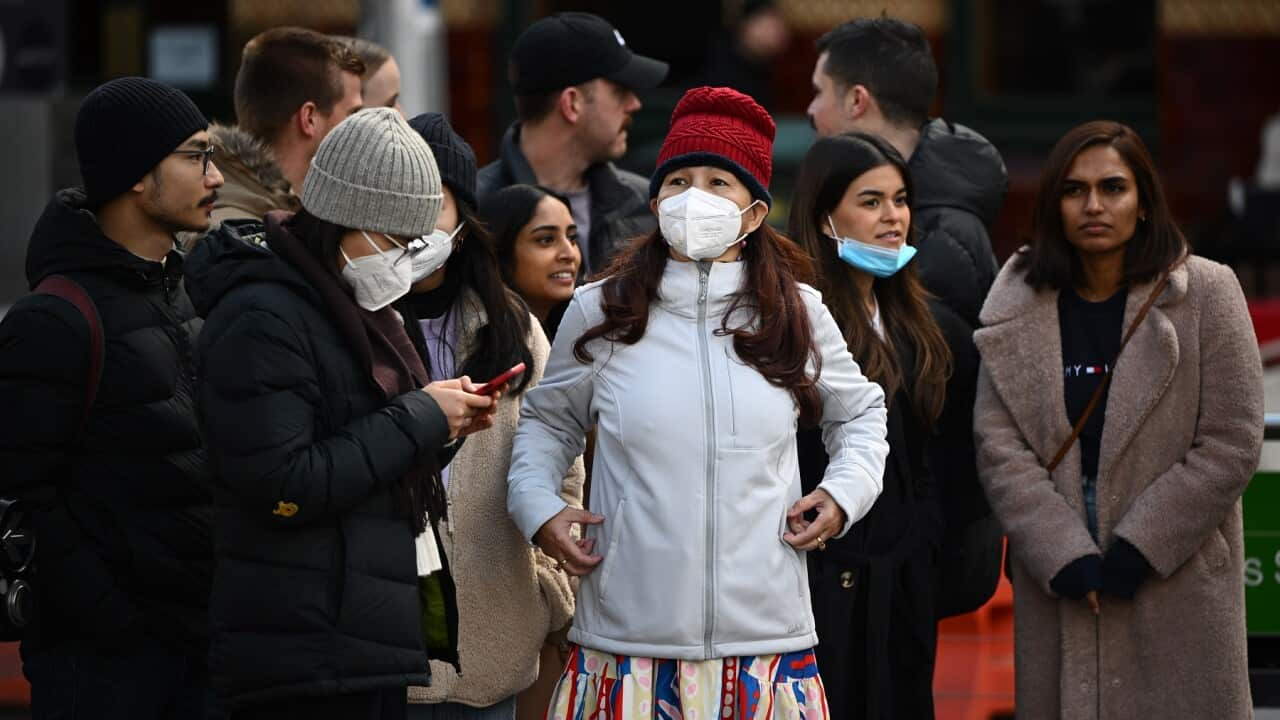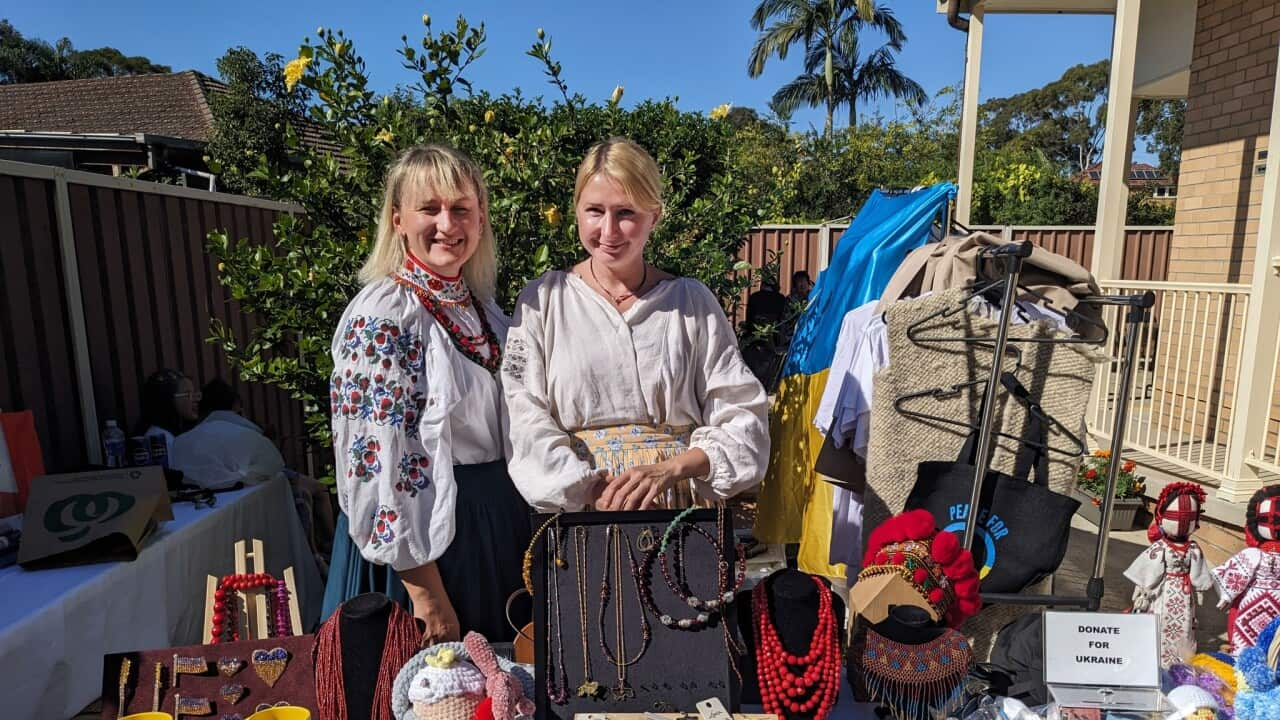New figures from the 2021 Census data have been released, and show Australia is becoming increasingly culturally and linguistically diverse.
The Australian Census provides the most accurate snapshot of the composition of contemporary Australia and the make-up of communities across the country.
The Australian Bureau of Statistics, that conducts the census every five years, says its figures show Australia's proportion of overseas-born and second-generation migrants has steadily increased since the 1947 Census, taken in the aftermath of World War II.
It counted 235,000 Australians that arrived in the ten years between 1948 and 1957, hailing from 140 countries.
Of these people, almost two out of three came from the big four source countries: England, Italy, Germany or the Netherlands.
In the last ten years, with 2.3 million new arrivals from over 200 countries who now call Australia home, those initial top four now only account for 2 in 5 arrivals, reflecting a much more diverse group of arrivals.
The new top four in order of size are: India, China, England and New Zealand.




